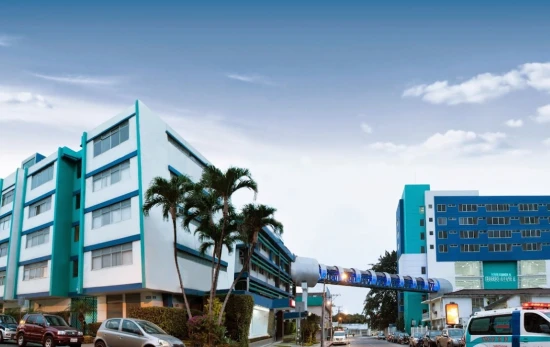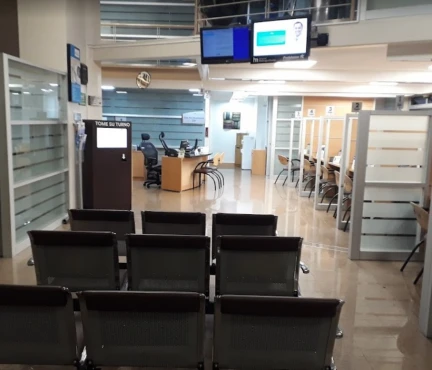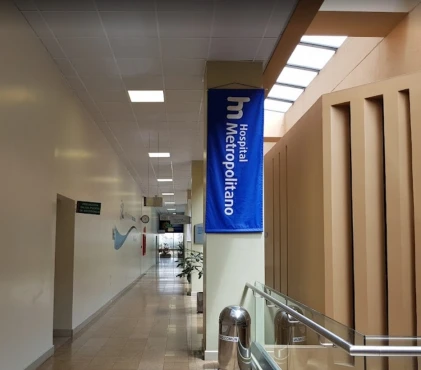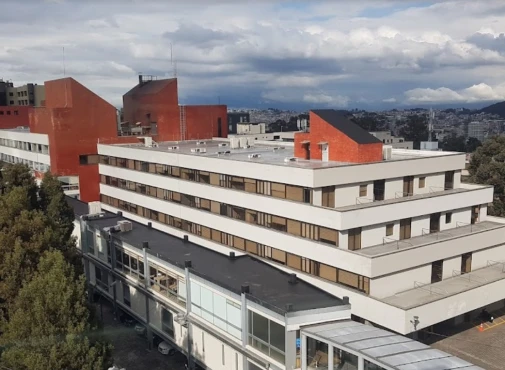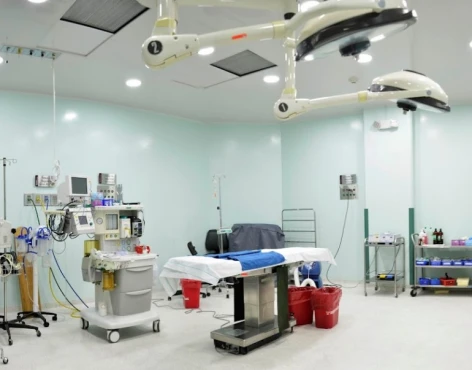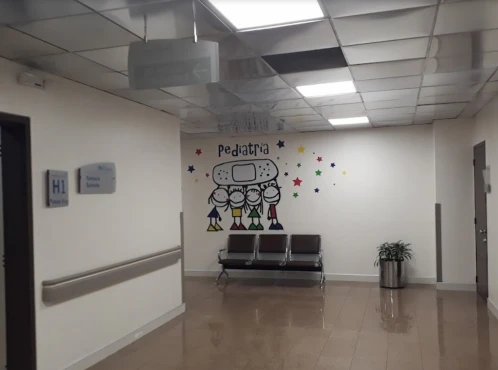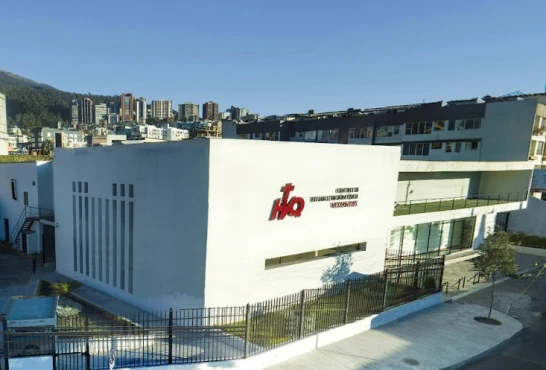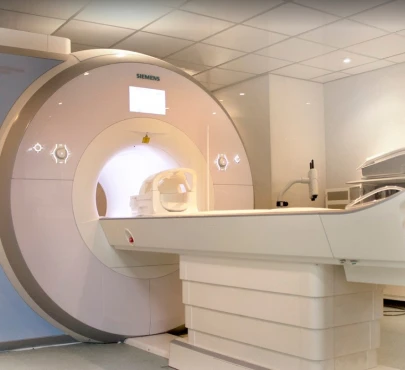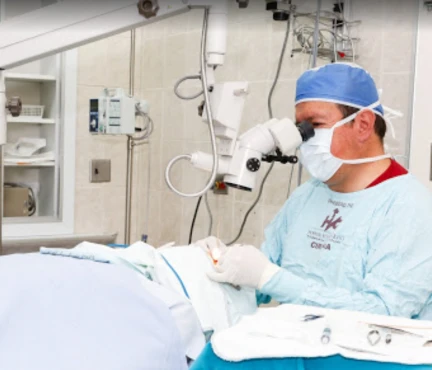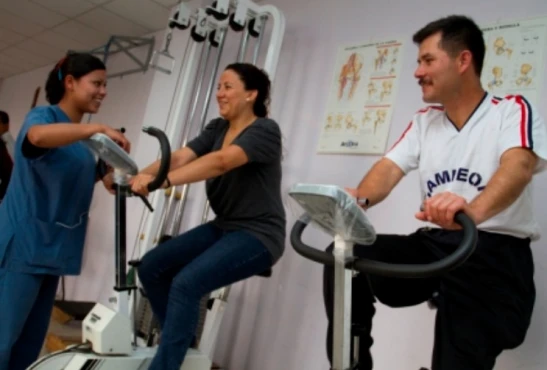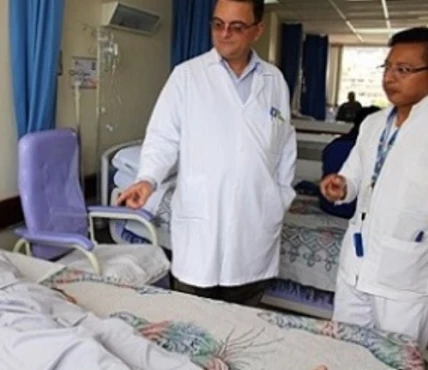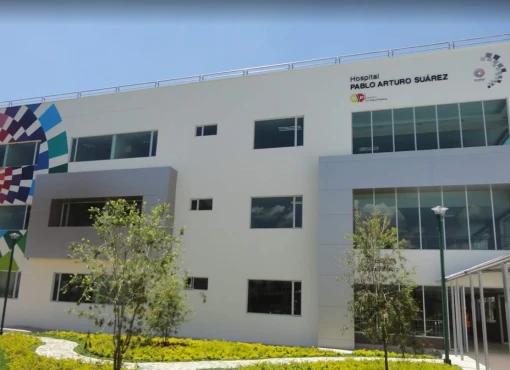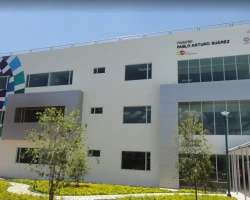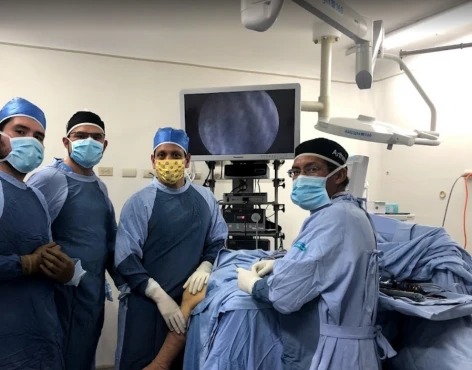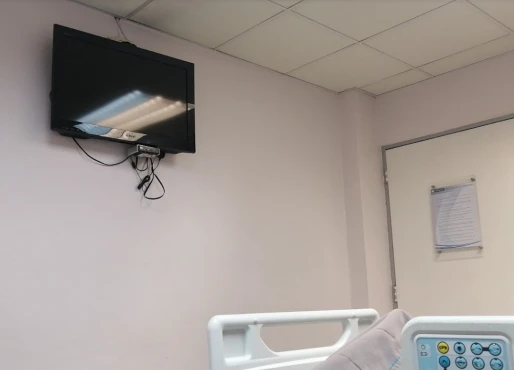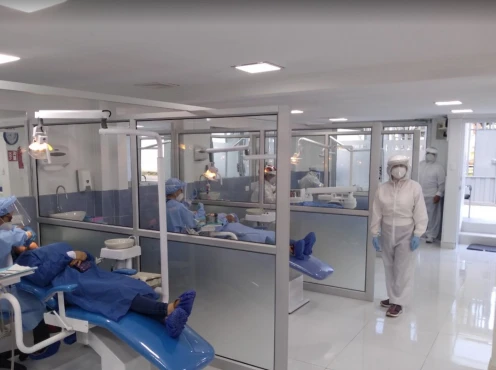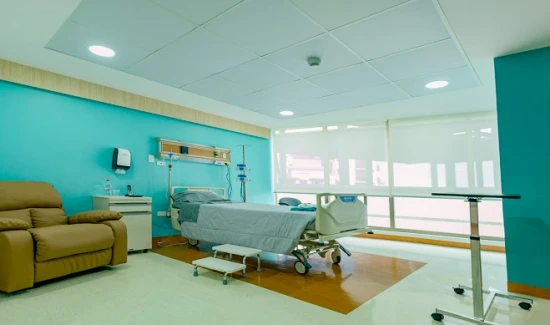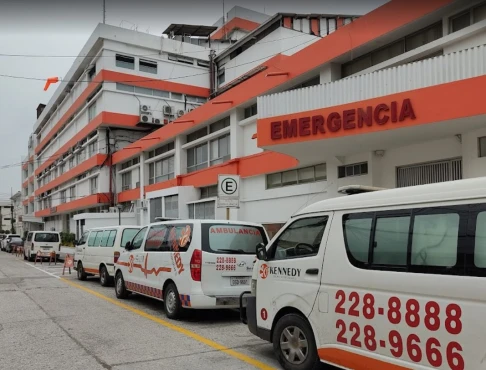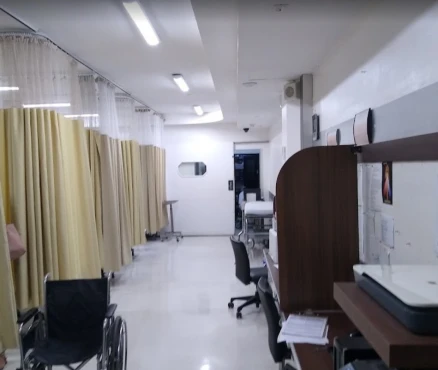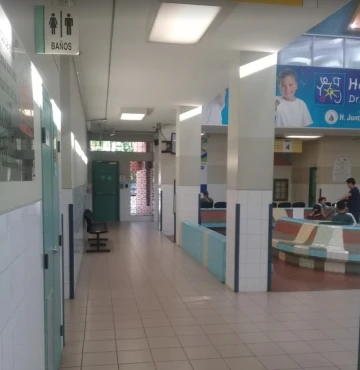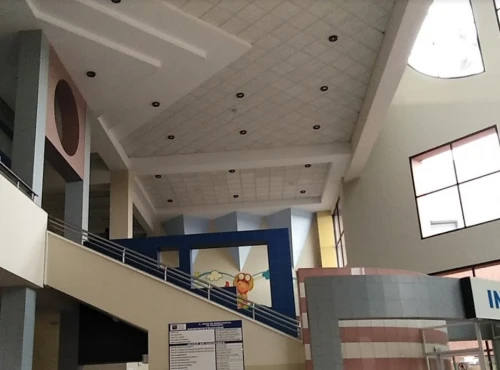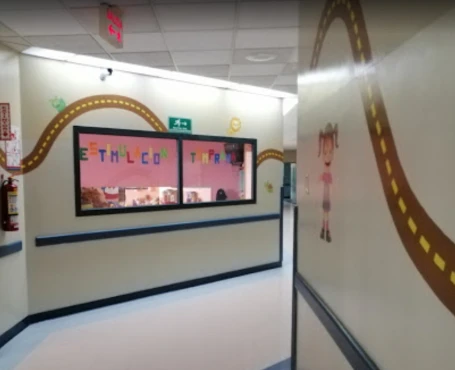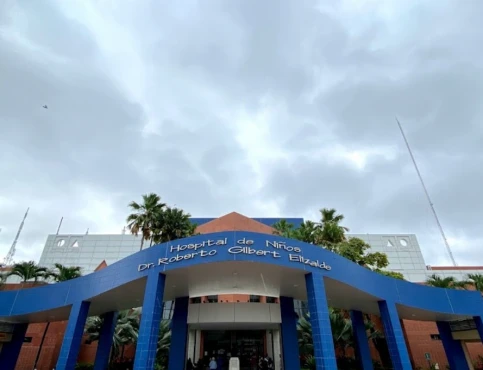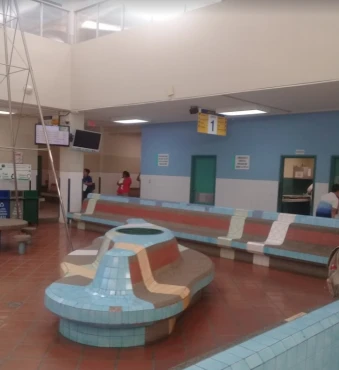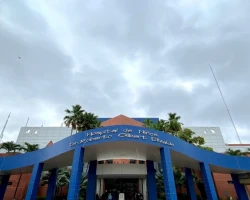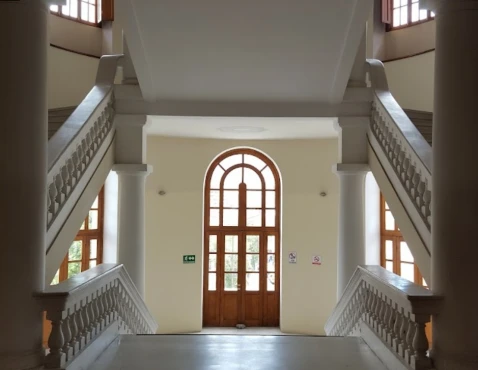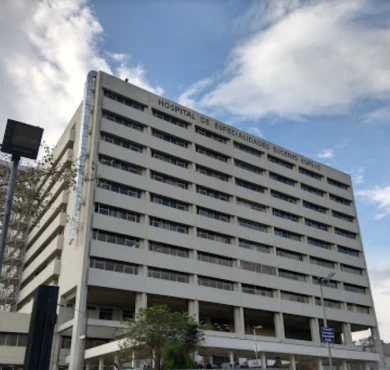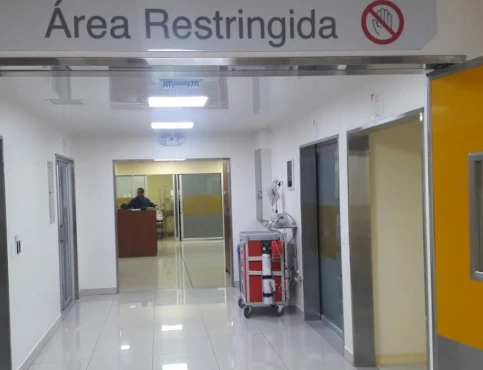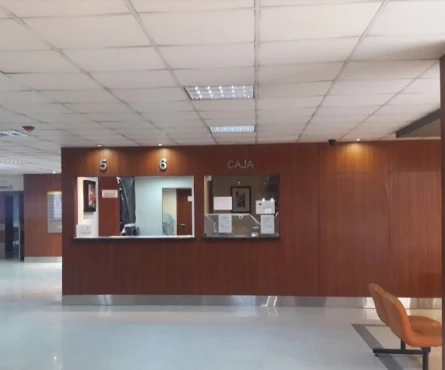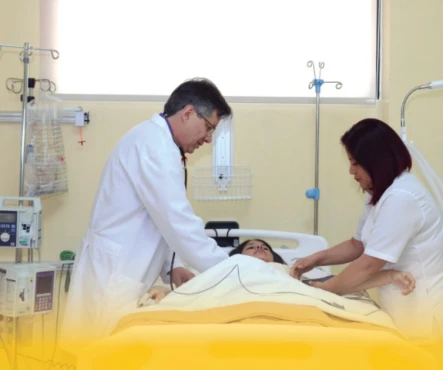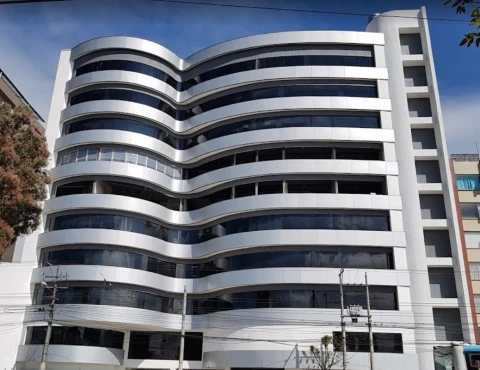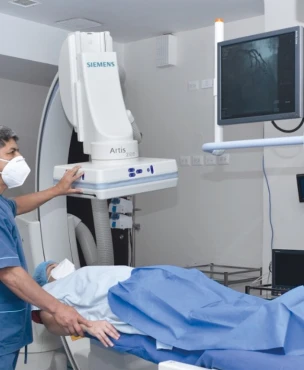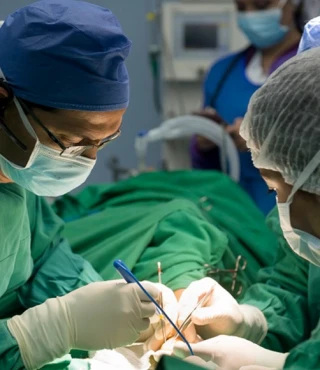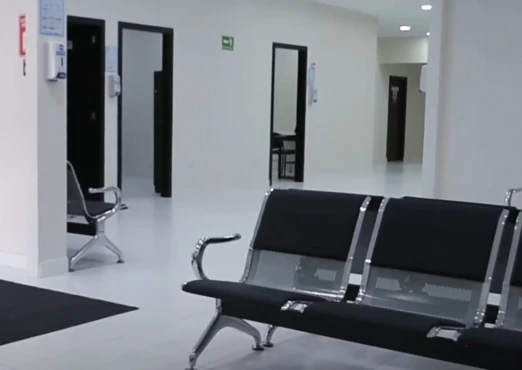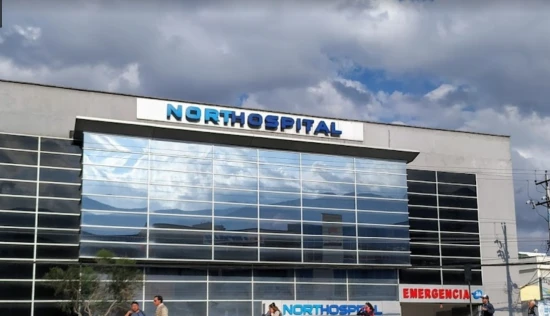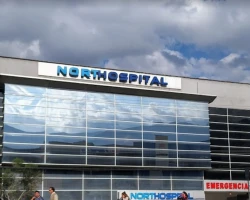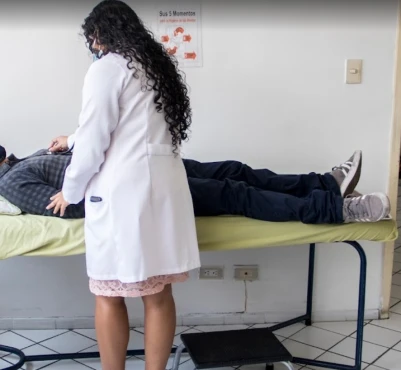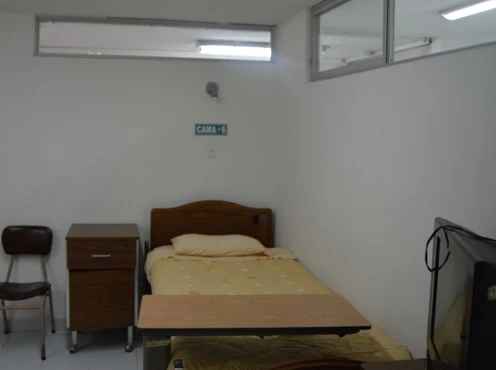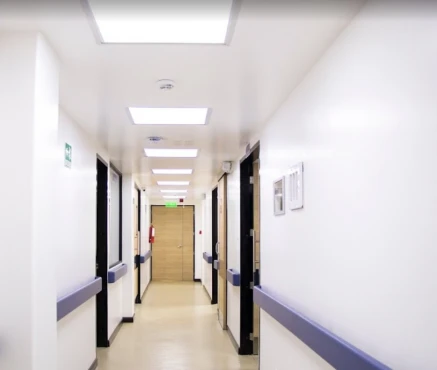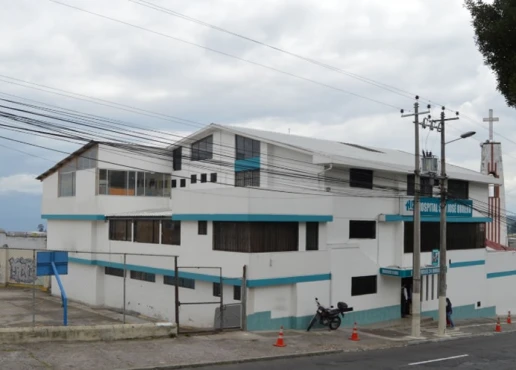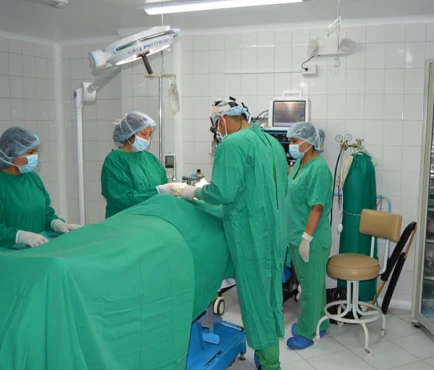Kidner procedure in 5 Orthopedic surgery clinics in Ecuador
5 clinics specializing in Orthopedic surgery providing
Kidner procedure
Kidner procedure involves the removal of an accessory navicular bone, a small bone on the inner side of the foot, to alleviate chronic pain or deformity. The procedure is typically done as an outpatient surgery.
Read more...
in Ecuador.
Sorted by:
Relevance
Rating
Cost of procedures
Relevance
Prices for selected procedures, total:
by request
Prices for popular procedures:
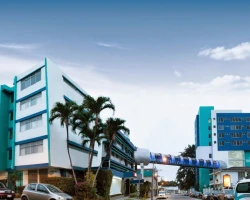
Guayaquil, Ecuador
Specializations: Cardiac surgery, Vascular surgery, Thoracic surgery, Neurosurgery, Spine surgery, Orthopedic surgery, Oncology
Languages: English
The Alcívar Hospital was founded on Thursday, November 25, 1937. It was originally called the Alcívar-Esteves Clinic, as it was directed by Dr. Eduardo Alcívar
read more
Prices for selected procedures, total:
by request
Prices for popular procedures:
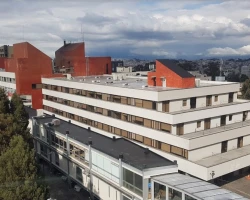
Quito, Ecuador
Specializations: Cardiac surgery, Vascular surgery, Thoracic surgery, Neurosurgery, Spine surgery, Orthopedic surgery, Oncology
Languages: English
At Hospital Metropolitano we work with QUALITY, continuously improving our services. We constantly innovate processes, equipment and infrastructure to meet the needs and expectations of
read more
Prices for selected procedures, total:
by request
Prices for popular procedures:
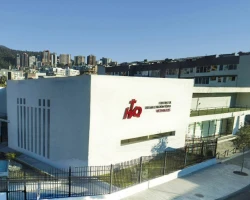
Quito, Ecuador
Specializations: Cardiac surgery, Vascular surgery, Thoracic surgery, Neurosurgery, Spine surgery, Orthopedic surgery, Oncology
Languages: English
We are commited to quality and patient safety. To do this, with the leadership of Senior Management, we work towards the continuous improvement of processes,
read more
Prices for selected procedures, total:
by request
Prices for popular procedures:
Prices for selected procedures, total:
by request
Prices for popular procedures:
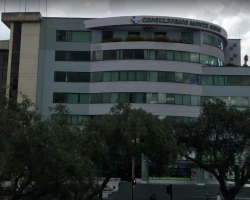
Cuenca, Ecuador
Specializations: Cardiac surgery, Vascular surgery, Thoracic surgery, Neurosurgery, Spine surgery, Orthopedic surgery, Oncology
The Monte Sinaí Hospital is currently the largest Medical Center in the Austro in terms of infrastructure; We have more than 350 offices where more
read more
Nearby clinics in Ecuador
Perhaps you should consider the following clinics we have found nearby basing on your Location, Procedure filters applied.
Prices for popular procedures:

Guayaquil, Ecuador
Specializations: Cardiac surgery, Vascular surgery, Thoracic surgery, Neurosurgery, Spine surgery, Orthopedic surgery, Oncology
We are a Hospital Group that provides medical and diagnostic services, supported by state-of-the-art equipment. We offer quality care with warmth, professionalism, experience and security.
read more
Prices for popular procedures:
Prices for popular procedures:
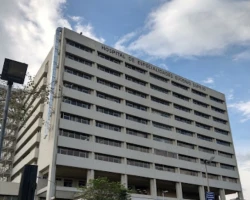
Quito, Ecuador
Specializations: Cardiac surgery, Vascular surgery, Thoracic surgery, Neurosurgery, Orthopedic surgery, Oncology
At the Eugenio Espejo Specialty Hospital, we work under a comprehensive humanistic philosophy, thus fulfilling the mission of providing quality and friendly health services in
read more
Prices for popular procedures:

Quito, Ecuador
Specializations: Cardiac surgery, Vascular surgery, Thoracic surgery, Neurosurgery, Spine surgery, Orthopedic surgery, Oncology
We are the materialization of the dream of a group of enterprising doctors, committed to building a different hospital, with an organizational structure drawn horizontally
read more
Prices for popular procedures:
Procedure price distribution in Ecuador
Kidner procedure:
For the certain case all the prices for Kidner procedure are "by request" only.
Procedure prices in popular countries:
Kidner procedure:
Turkey
$1,371 - 1,371
in
30 clinics
Germany
$4,830 - 4,830
in
45 clinics
China
$5,487 - 5,487
in
6 clinics
United States
$6,221 - 6,221
in
23 clinics
Israel
$6,636 - 6,636
in
16 clinics
Countries with the highest number of clinics offering the procedures treatment:
Kidner procedure:
worldwide
770 clinics
United Kingdom
64 clinics
Germany
45 clinics
Brazil
33 clinics
Australia
31 clinics
Turkey
30 clinics
Clinics grouping by rating
Clinic with the highest rating of 4.2 — Hospital Alcívar in Guayaquil, Ecuador, clinic with the most reviews number of 344 — Hospital Vozandes Quito in Quito, Ecuador.
With rating 4.0 and over — 3 clinics .
